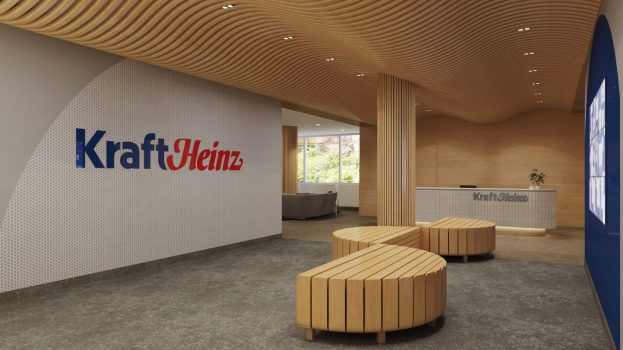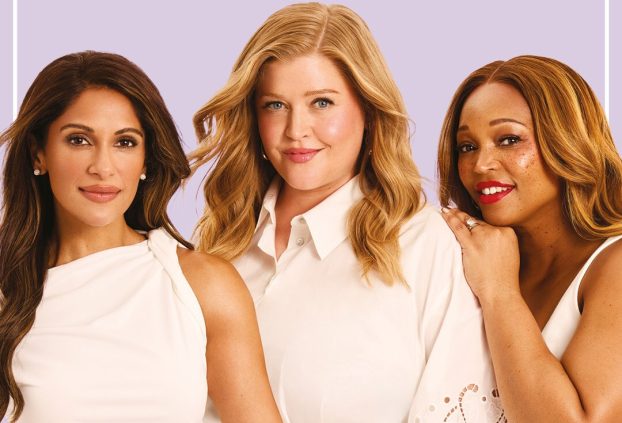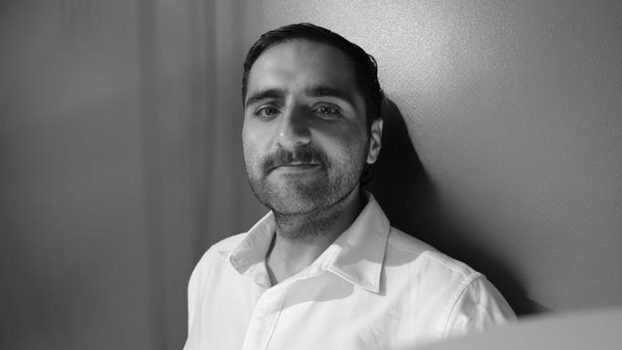Telus VP marketing communications Anne-Marie LaBerge describes herself as a conductor of talent. An architect of one of Canada’s most recognizable brands, she’s been with the company since its beginnings, having started her telecom career with Clearnet in 1996. With her team of 53, she’s taken Telus’s “Future Friendly” positioning to a fever pitch over the last year, with a decided focus on the friendly.
The goal, obviously, is to make inroads into an uber-competitive telecom market in which Telus faces two strong competitors in Bell and Rogers. For its part, Telus commands the most wireless subscriber market share in Alberta (50%) and is second in B.C. (40%), Nova Scotia (24%) and Newfoundland (21%). (All figures courtesy of the CRTC.) Its hope is to convince subscribers everywhere else that the future it facilitates will be the friendliest.
“To work in telecommunications in 2011, and especially in marketing communications, is absolutely a wild ride and the only way we can do what we do is if we have the right talent,” says LaBerge. “I spend my days on the phone (in Montreal) trying to ensure that my team has all the tools they need.”
It’s safe to say the 2011 toolbox was full. Over the last 12 months, Telus has made more than 440,000 new “customer connections,” including 133,000 wireless postpaid net additions. In the last quarter alone the company saw the addition of 50,000 Optik TV customers and a 53% increase in wireless data revenue. This year, to support growth and customer service, Telus has hired almost 1,000 new employees, and invested $1.8 billion in infrastructure. Torontonians voted it the city’s best cellphone provider in Now magazine’s “Best of Toronto” special edition. Telus also won the west, voted best cellphone service in the Calgary Herald’s Reader’s Choice Awards. If LaBerge is a conductor, then she’s the telecom industry’s version of free-hand virtuoso Leopold Stokowski, famously impersonated by Bugs Bunny.
On top of (well-managed) top-notch talent, putting the customer first made Telus shine in the hearts and minds of Canadians. This year LaBerge decided to update and accelerate that strategy, with version 2.0, most recently displayed in a November campaign from longtime creative partner Taxi, featuring a simple but profound premise: actually showing that customers needs are being put first. The effort includes a 30-second commercial starring an assortment of Telus critters and two 15-second spots pointing out two specific examples of customer perks: learning session invitations and phone upgrades at any time. The campaign message is laid out most effectively by a declaration on Telus.com, which states that while Telus acknowledges it’s not perfect, it knows getting better means, “making sure we’re listening to your needs.”
“We really understand that the only way Telus will continue to have healthy growth in Canada is by continuing to win the hearts of customers,” says LaBerge. “Customers have an emotional link with our brand, but we need to deserve that. That’s what this whole campaign is.”
The effort was prequalified with TV ads in August starring a beat-boxing saw-whet owl, the winner of another “put the customer first” initiative, which did so by democratizing the brand. In May, Telus held a critter election, allowing Canadians to become part of its creative team by weighing in on the animal they felt should be the brand’s next spokes-critter. Twenty-seven cutesy creatures were in the running and word of the Facebook-housed vote was spread with 30-second radio spots and pre-roll and banner ads on MTV, MuchMusic, CTV and Global online. All creative was developed by AOR Taxi with Cossette handling media. Over 460,000 votes were submitted of which the owl captured 25% to beat out a potbellied pig and an otter to win the starring role.
A cause marketing component was baked into the campaign through which Telus donated $1 to the Nature Conservancy of Canada for each vote submitted, up to $100,000. Cause marketing has become an essential element of Telus’s strategy and the telco ensures that it’s integrated at all times, says LaBerge, but, in large part, executed regionally.
“We believe that we have a role to improve our communities,” she says.
“This is something that you’ll hear and see more, but something that I would say was kind of a whisper 18 months ago and now is absolutely integral to all of our go-to-market campaigns.”
To date, the company has donated $6 million to 30 communities across British Columbia, Alberta and Quebec through its “TV for Good” campaign. Telus contributes $100 to local charities, including the David Foster Foundation and the Campbell River Rotary Water Park, every time a customer signs up for its Optik TV service. The success of “TV for Good” led to the creation of “Phones for Good” this year. Since March, Telus has given an additional $933,000 to 10 communities in B.C. and Alberta when local customers activate smartphones. Charities receiving funding include Keyano Theatre College in Fort McMurray, AB., and Canuck Place Children’s Hospital in Abbotsford, B.C.
The regional emphasis hasn’t stopped LaBerge and her team from broadening their cause-related focus to a national scope. Telus’s renowned “Go Pink” campaign, a social media effort devised by LaBerge and her team in 2010, seeks to unite people in bringing digital mammography machines to communities across the country to support early breast cancer detection. Last year Telus donated $1 for every person who turned their Facebook profile pink by way of a Facebook app developed by Taxi (817,691 Facebookers did), as well as $25 from every sale of one of three pink Blackberry models. More than $2.45 million was raised and Telus gained 442,770 new Facebook fans in a month (it now boasts the second-largest fan page in the country). The campaign was recognized by Facebook as one of the most successful cause marketing efforts ever housed on the site.
A passion project for LaBerge has been Bixi, a Montreal-based public bike sharing system she discovered in 2009, which has since expanded to Toronto and Ottawa. Telus has championed Bixi as a healthy transportation alternative since helping it launch in Toronto in May – its branding is all over Bixi bikes and dispensers. It fits with Telus’s cause marketing efforts, says LaBerge, because of the environmental and health aspect involved, and she adds that there’s a bit of a social component given the accessibility that Telus’s involvement has encouraged. She notes that people riding Telus branding everywhere is an added bonus.
Going forward, LaBerge has no intention of straying from the “people first” strategic path. “If you look at our data growth, our average revenue per user compared to our competitors’ – putting customers first, cause marketing and integration of our brand in communities is absolutely the right strategy for us,” she says. “We are going to put our brand, more and more every day, to the service of the consumer. The evolution of our brand is going to be a mirror of the transformation of the marketplace and what consumers want to hear. That’s exactly what I want to do. We’re going to stick with this.”
Jump to:
McDonald’s brews coffee-biz change





















